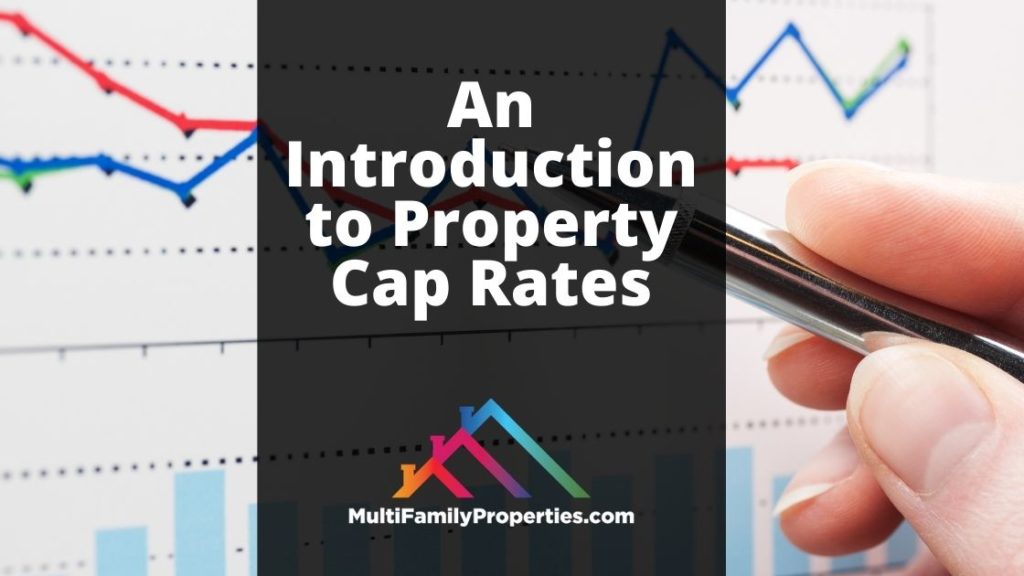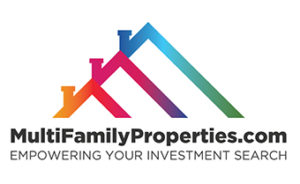
Cape rate is one of many ways that you might evaluate an investment property. It can be indicative of property class. We include cap rate estimates for all properties on our website. Understanding property cap rates can help you quickly analyze properties for sale and select one that best matches your investment goals and experience.
Cap Rate Definition
Put simply, cap rate is net operating income divided by current market value. Net operating income includes rental income minus the cost of maintaining a property such as taxes, insurance, and repairs but excluding mortgage expenses. It represents the number of years needed to recover the cost of an investment.
Let’s assume you purchase a multi-family in Lynn for $599,900. If net operating income is $33,288, your cap rate would be 5.50%. It would take you approximately 18 years to recoup the cost of that investment. Let’s compare this to another property that’s listed for $750,000 and net operating income of $53,233. The cape rate is 7.10%. This property is more expensive to purchase, but it also generates higher rental income and fewer repairs, leading to a higher cap rate. The cost of this property would be recouped in just 14 years.
Cap Rate Allows You to Look Beyond Price
As a new investor, your tendency may be to focus on the purchase price. As you can see from the examples above, evaluating the net operating income relative to that price is a useful analysis. Also, within any given market there are trends, so comparing different cap rates within the same market is helpful too. Does one property generate lower rents than the other? Does one have higher maintenance costs? For older properties, how might leasehold improvements shift both the net operating income and property value? This type of critical thinking is essential to understanding property cap rates.
More on Understanding Property Cap Rates
We often hear buyers ask, what is a good cap rate? That’s a tough question to answer since it depends on your investment goals and risk tolerance. Plus, it’s a relative figure so you’ll see certain trends by market. For example, if you look at the Lynn, MA market, you’ll notice that property cap rates average between 5% to 7%. Thus, properties with dramatically lower or higher cap rates require additional analysis. Two properties may have similar operating expenses, but one might be in a better neighborhood and enable higher rents. Low cap rates are often tied to class A properties with lower overall risk. Properties with high cap rates may seem ideal because you can recoup the purchase in a shorter timeframe, but that reward is not without added risk. If you’re new to investing in multi-families, the real estate agents in our network can assist with evaluating cap rates and the ideal risk level. Contact us to schedule a free consultation.


